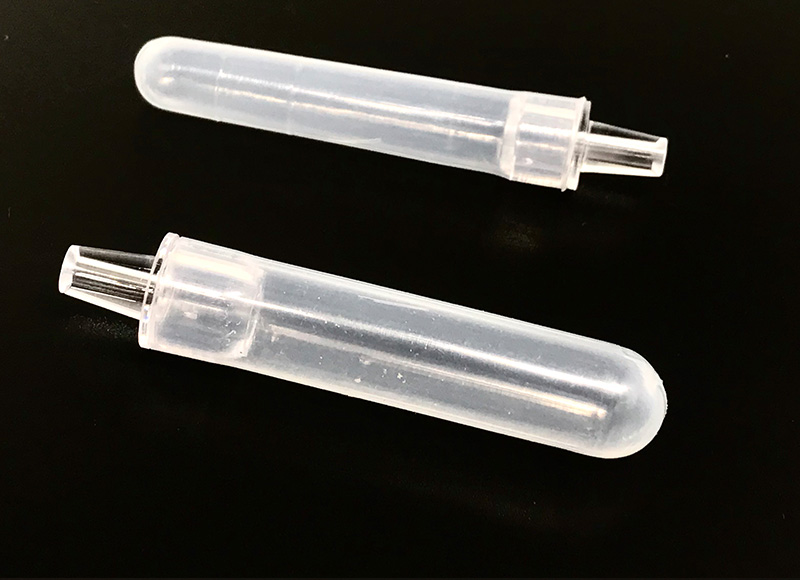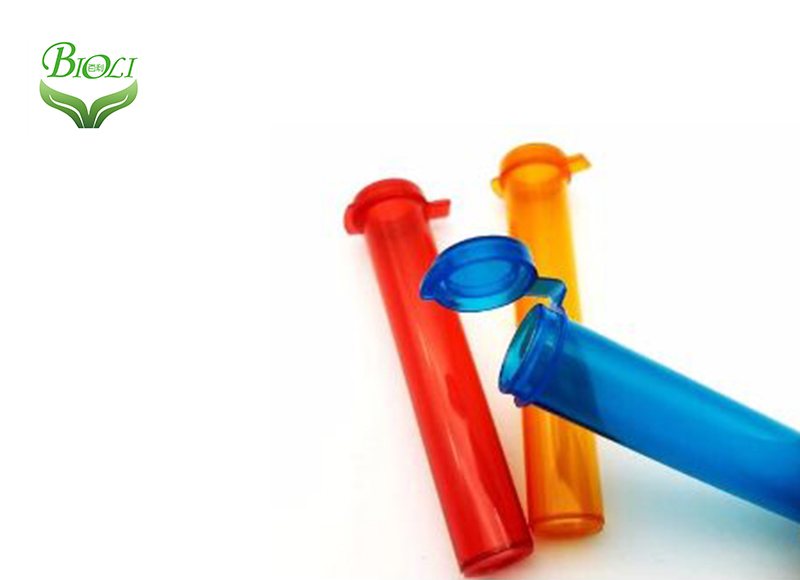

In addition to glasses, plastics also play an important […]
In addition to glasses, plastics also play an important role in the laboratory. Usually, the plastic material commonly used in the laboratory has the following:
PS polyethylene
Polyethylene has a glass of transparency, hard, brittleness, and size of its amorphous structure. PS has good chemical resistance for aqueous phase solution, but is limited to solvent. The disadvantage is that the thermal stability is poor and is easy to rupture due to pressure. Some plastic centrifugal tubes are this material.

PE-LD low density polyethylene
The polymerization reaction of ethylene under high pressure can cause a certain number of branches in the chain. The molecular structure is made compact, flexibility and chemical resistance are good as PE-HD, but the resistance to the organic solvent is not as good as PEHD. Using temperature is limited to 80 ° C.
PVC polyvinyl chloride
PVC is mainly crystalline thermoplastics, which has very good chemical resistance. Combined with plasticizers can carry out rich applications, from artificial leather to injection plastic fillers. PVC has good chemical resistance, especially for oil.

POM polyformaldehyde
Comprehensive considering hardness, firmness, mechanical properties, durability, chemical resistance, especially smoothness POM, can be said to have excellent properties. It can replace metal in many fields. The POM can withstand temperatures up to 130 ° C.
PP polypropylene
The structure of the PP is similar to PE, but there is a methyl group on each of the two carbon atoms in the chain. Compared with PE, its main advantage is higher temperature resistance. PP can be resequently sterilized at 121 ° C. Like the multi-olefins mentioned above, PP has a good mechanical properties and chemical resistance, but there is a point in which PE-HD tends to be attacked by strong oxidant.
PTFE polytetrafluoroethylene
PTFE is a fluoride hydrocarbon molecule having a partial crystal structure. Tolerate almost all chemicals. Its work temperature range is widely range from -200 to + 260 ° C. Its surface is anti-adhesion. The smooth properties are more excellent in FEP and PFA than in the insulation. The only disadvantage is that it can only be cast by sintering. PTFE is opaque and suitable for microwave.
General nature of plastic
The quality is not easy to damage is an important advantage of plastics. What plastic to use depends on the application requirements. When you choose to consider a series of parameters: contact the concentration of the chemical and time, heat pressure (such as high temperature and high pressure sterilization), force, accept UV irradiation, and aging using detergent or by other environmental factors.